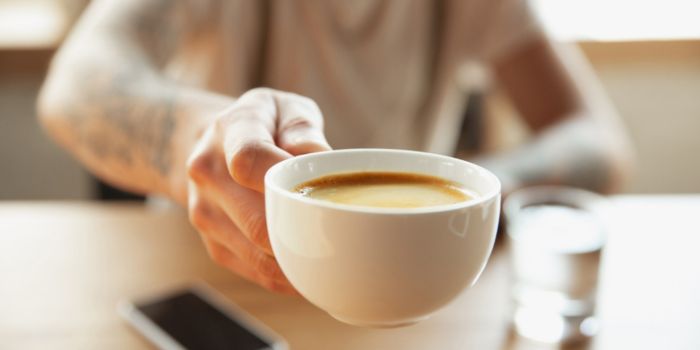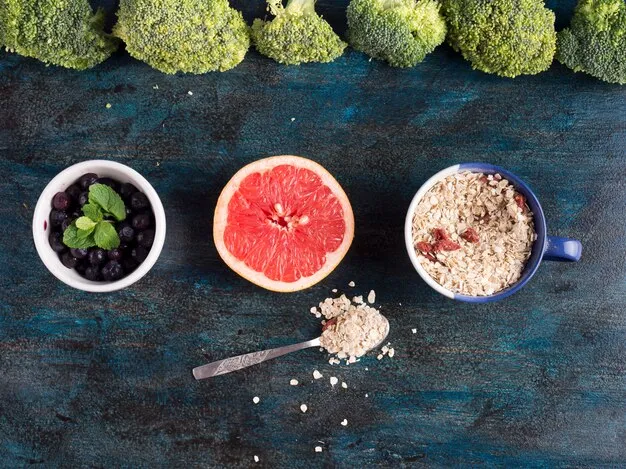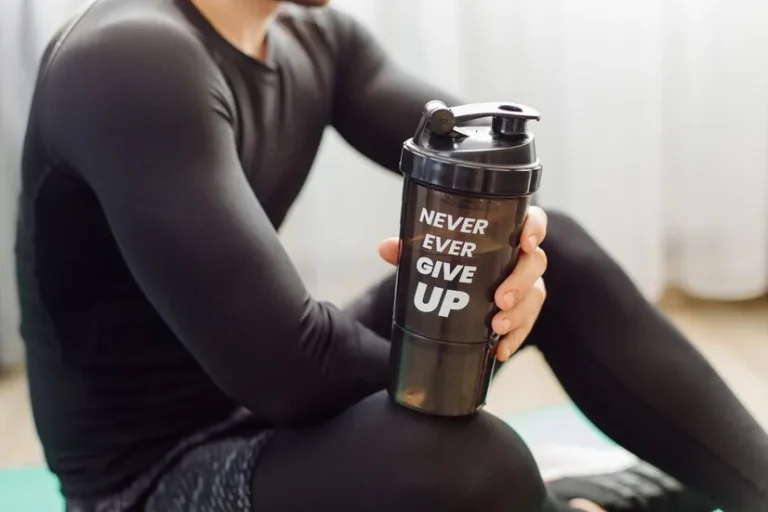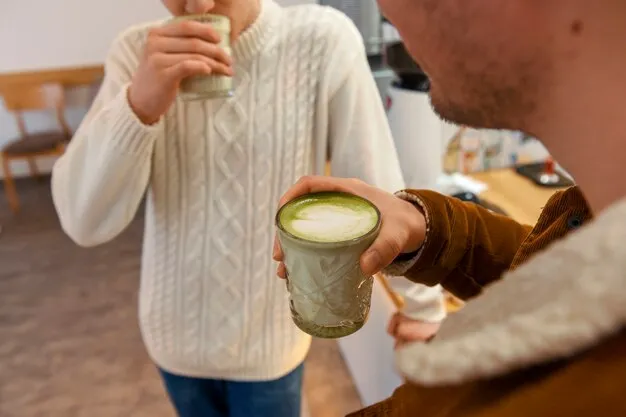Cafe latte vs cappuccino —Coffee is undoubtedly one of the most beloved beverages worldwide, offering comfort, energy, and an array of complex flavors to millions of people daily.
Within the vast landscape of coffee culture, two classics stand out prominently: cafe latte and cappuccino. In this article, we embark on a journey to explore the distinctions between these two iconic coffee drinks, examining their taste, preparation, nutritional aspects, cultural relevance, and much more.
Understanding Cafe Latte
Cafe latte, which translates to “milk coffee” in Italian, is a coffee drink that originated in Italy. It’s characterized by its harmonious blend of espresso and steamed milk, resulting in a smooth and mild flavor profile. To craft a cafe latte, one needs two primary ingredients: espresso and steamed milk.
The process involves pulling a shot of espresso and then topping it with a generous amount of steamed milk, creating a creamy and comforting drink.
The texture of a cafe latte is velvety, owing to the incorporation of steamed milk. The taste is balanced, with the espresso’s robustness mellowed by the milk’s sweetness. Aromatically, the cafe latte offers a subtle coffee scent with a creamy note.
Cafe Latte is beloved worldwide for its approachable taste. In various regions, you’ll find unique interpretations, such as the Spanish “café con leche” or the French “café au lait,” each with its cultural twist.
The Art of Cappuccino
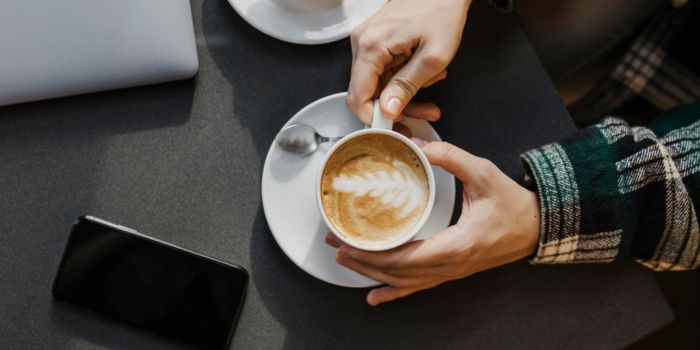
Cappuccino, an Italian creation like the cafe latte, derives its name from the Capuchin friars’ brown robes, known as “cappuccio.” This coffee drink consists of three key elements: espresso, steamed milk, and a luxurious milk foam crown.
Crafting a cappuccino entails pulling a shot of espresso, frothing milk to create a velvety microfoam, and combining the espresso with steamed milk and foam. The resulting layers of coffee, milk, and foam create a visually appealing drink.
Cappuccino offers a contrasting texture to the cafe latte, with the foam’s airy lightness balancing the espresso’s intensity. The flavor is bold, with the espresso shining through, and the aroma is rich and inviting.
Cappuccino is a staple in Italian coffee culture, often enjoyed in the morning. However, it has also found a global following. In some countries, variations like the “dry cappuccino” with more foam or “wet cappuccino” with less foam have emerged.
Taste Comparison
Both cafe latte and cappuccino rely on espresso as their base. The espresso’s quality and roast level significantly impact the flavor of the final drink.
Cafe latte coffee powder leans toward a higher milk-to-coffee ratio, resulting in a milder coffee flavor, while cappuccino features a balanced ratio that highlights the espresso’s boldness.
The presence and texture of foam are critical distinctions. The cappuccino’s thick foam layer gives it a unique texture and taste, while the cafe latte’s smooth, silky milk lacks the same frothy charm.
Taste is subjective, and personal preferences play a significant role in choosing between cafe latte and cappuccino. Some may prefer the comforting creaminess of a latte, while others crave the invigorating punch of a cappuccino.
Nutritional Aspects
Cafe latte generally contains more calories due to its higher milk content, making it a heartier option. Cappuccino is typically lower in calories but higher in caffeine concentration.
Both drinks offer essential nutrients like calcium and antioxidants from coffee. However, individuals with dietary restrictions or lactose intolerance may need to consider alternatives or modifications.
Special dietary needs, such as vegan or dairy-free diets, can impact the choice between a cafe latte and a cappuccino. Options like almond milk or oat milk can be used to create dairy-free versions of these classics.
The Coffeehouse Experience
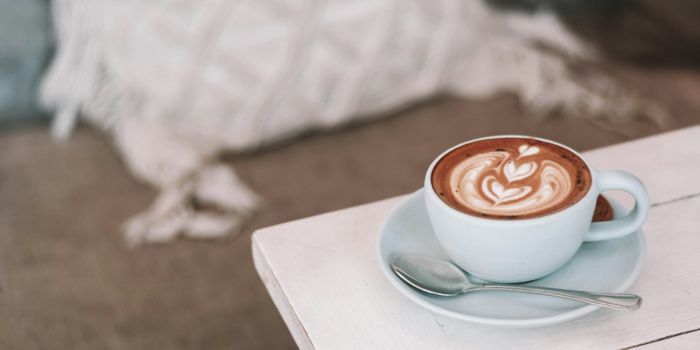
Cafe latte and cappuccino are often enjoyed in cozy coffee shops or trendy cafes, each contributing to a unique ambiance. Latte art, with its intricate designs, enhances the visual appeal of cafe lattes.
Latte powder drink is often associated with leisurely sipping and socializing, while cappuccino is favored for morning wake-up calls. Both beverages have their place in various social settings.
Latte art, the practice of creating intricate designs in cafe lattes, adds an artistic element to the drink. While cappuccinos may lack latte art, their distinctive foam offers its aesthetic appeal.
The meticulous preparation of a cappuccino, with its frothed milk and layered presentation, can be a showstopper. Many coffee enthusiasts appreciate the craftsmanship behind this drink.
Regional Variations
Across the globe, coffee lovers have distinct preferences. For example, Americans tend to favor cafe lattes, while Europeans often start their day with cappuccinos.
Various regions put their spin on cafe latte and cappuccino. For instance, the Australian “flat white” is a variation of the latte, known for its creamy microfoam, while Vienna boasts the “Einspänner,” a cappuccino-like drink topped with whipped cream.
Coffee culture is deeply ingrained in different societies. Understanding these cultural nuances can provide a richer appreciation of cafe latte and cappuccino’s role in various communities.
Cafe Latte vs. Cappuccino: Which is Right for You?
When choosing between a cafe latte and a cappuccino, several factors come into play:
Taste Preference: Do you prefer a milder, creamier coffee or a bolder, espresso-forward experience?
Caffeine Content: Are you seeking a morning caffeine kick, or do you want to savor a more leisurely coffee?
Dietary Restrictions: Are you lactose intolerant or following a specific diet?
Occasion and Setting: Is it a casual meet-up with friends or a solitary morning ritual?
Conclusion
In the debate between cafe latte and cappuccino, there’s no definitive winner, as both beverages have their unique charms and cater to different tastes and occasions.
Cafe latte offers a comforting, mild experience, while cappuccino presents an invigorating and visually stunning choice.
As coffee lovers, we are fortunate to have these classics at our disposal, each ready to provide the perfect coffee moment.
Doing business in Coffee Latte Powder at home can make big profits!
Want to try your luck in the world of the healthy drink business? Immediately make the product with your brand! You can entrust it to Putra Farma Yogyakarta as an experienced and highly credible instant beverage product contract manufacturer since 2000. Our location is in Indonesia, precisely in Yogyakarta. In addition, we also accept orders to be shipped worldwide.
With our services, you can make your own branded instant beverage products without having to think about high capital to build your factory. We provide any beverage powder products from various raw materials such as vegan collagen, salmon, or adjust to your request.
For product legality issues, you don’t have to worry! Because we guarantee that our products use the best quality raw materials that are legally certified and have food testing from the laboratory. We also carry out production with GMP, and HACCP standards, and double-checking.
Get many benefits by working with us, including product consulting; free to create a brand name; unique product formulations; free product samples; flexible MoUs; free product packaging design; free to choose the form of product packaging; free revision of product samples until suitable; long shelf life; cost price negotiation; product legality registration; etc.
Instagram @putrafarmayogyakarta
Facebook Putra Farma Yogyakarta
LinkedIn Putra Farma Yogyakarta
Twitter @putrafarmayk

